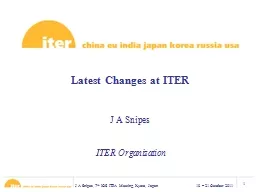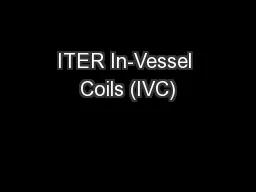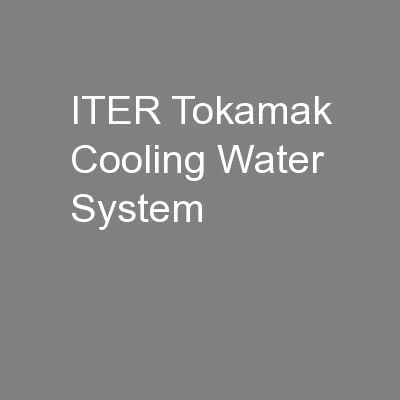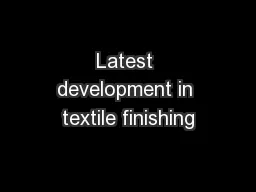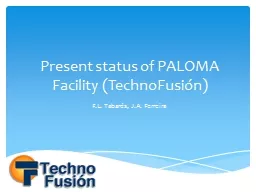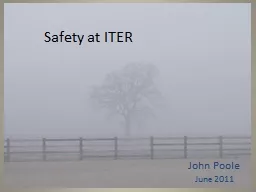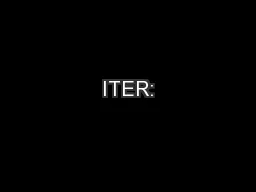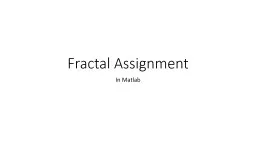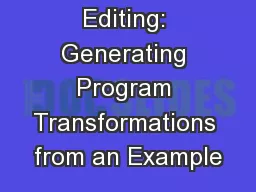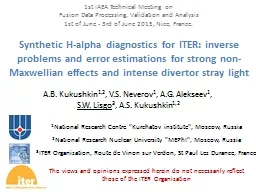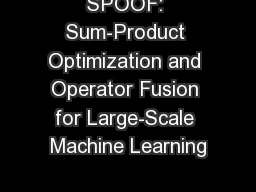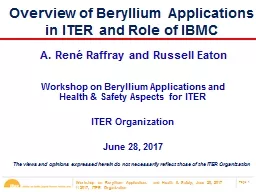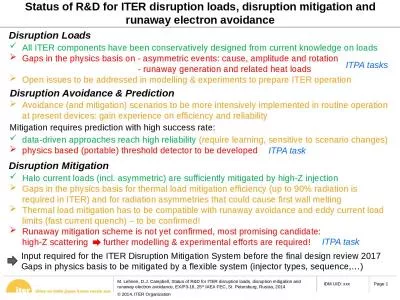PPT-Latest Changes at ITER
Author : pasty-toler | Published Date : 2016-07-15
ITER Organization J A Snipes ITER New Organization Structure Human Resources As of end September 2011 the IO has a total of 470 staff members with 299 professional
Presentation Embed Code
Download Presentation
Download Presentation The PPT/PDF document "Latest Changes at ITER" is the property of its rightful owner. Permission is granted to download and print the materials on this website for personal, non-commercial use only, and to display it on your personal computer provided you do not modify the materials and that you retain all copyright notices contained in the materials. By downloading content from our website, you accept the terms of this agreement.
Latest Changes at ITER: Transcript
Download Rules Of Document
"Latest Changes at ITER"The content belongs to its owner. You may download and print it for personal use, without modification, and keep all copyright notices. By downloading, you agree to these terms.
Related Documents

